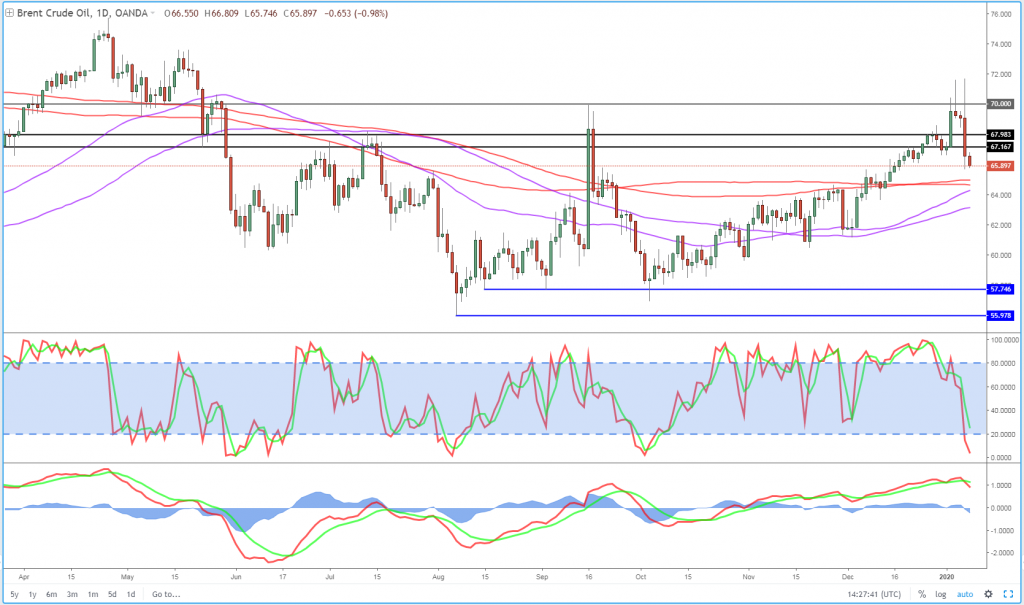| The following assumptions that have been made: - At least 20 pip forecast - The key level and chart pattern were at most 5 candles apart at time of identification | ||
Symbol : GBPUSD  | ||
Direction :  Identified time : 2020-01-10 04:31 GMT Breakout price : 1.30766 Forecast price : 1.30987 Forecast pips : 22 Probability : 65.6 % | ||||
|








